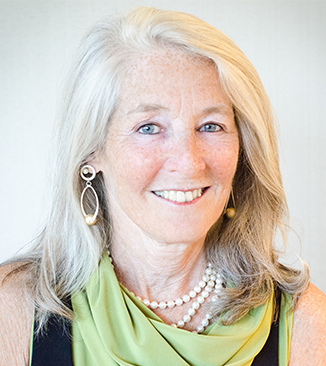
Shopping the Show
It's Expo time—that twice-a-year experience when you don your "forager" cap and head for the show floor in search of just-right products for your store. You think about what you have and what you need, and you stop by the New Products Showcase to see if anything inspires you. Then you realize, "I could really use some help—some new blood." How can you get an infusion without a hassle?
It's time for the virtual customer—the newbie you wish were there with the "Oh wow, this is a cool show" look of awe seen on first-timers. This invisible friend is going to do double duty—she will remind you of the excitement while simultaneously refreshing your buying behavior. The virtual customer whispers in your ear, "He's a nice guy, that salesman you've known for years, but this new packaging is really tough to open. I'm turning 52, and my hands don't have the strength they used to." A little later, your 25-year-old silent partner may say, "That's a cool product, but if it's an import, why isn't it fair trade?"
A first-time mom virtual visitor might say: "The organic baby food is fabulous, but I've heard about safety issues with certain plastic packaging. Are there any options that are corn-based?"
While you sit on the shuttle to the show or stand in one of the coffee lines before the show floor opens, why not ponder your customers and their real needs?
Only you can really know who your customers are. Some data suggest that focusing on early adopters or top shoppers will ultimately reach down to everyone, but a complete reflection on who is in the store when, and what they buy, is still a more thorough approach. By the time you get through the list of types, you may imagine a whole crowd moving along with you through the show aisles … just like in that wireless network ad.
Although all of these customers will be asking for different things to meet their needs, there are some common factors arising out of our current environment of distrust and trepidation. From the Natural Marketing Institute to Oprah's magazine, everyone is talking about authenticity. Every study or article on the topic suggests consumers want the truth and they want the whole story. Skeptical of false claims and food recalls, your virtual customers may be filling your head with questions of legitimacy more than any other. They want the "who, what, where, when, why and how" something was produced. Were the farm workers well cared for in the process, and who are they? Were the raw materials grown on small farms or corporate agribusinesses? Who runs the company—do they truly care for Earth and its inhabitants? What are the product's ingredients, its efficacy, its real benefits? Where was it grown, manufactured and shipped? How long ago? What were the production practices? What were the trading practices? What is the mission of the company?
Some consumers feel less empowered to make a difference through their political system, so they have turned to purchases to make a difference. As their partner, it is up to you to offer the right options for them.
They have, for the most part, chosen you, their favorite store's buyer, to find their prize—the item that fills their basic consumption needs and speaks to their hopes to change the world. So as you walk the aisles assigned as your community's forager, remember to take along your virtual customer and realize in the process, you've just had an infusion and it didn't hurt at all.
Cynthia Barstow is an adjunct professor of food and natural products marketing at the University of Massachusetts, and president of the consulting firm Seed to Shelf: Marketing for Sustainability.
Natural Foods Merchandiser volume XXVIII/number 9/p. 32
About the Author(s)
You May Also Like
.png?width=700&auto=webp&quality=80&disable=upscale)




